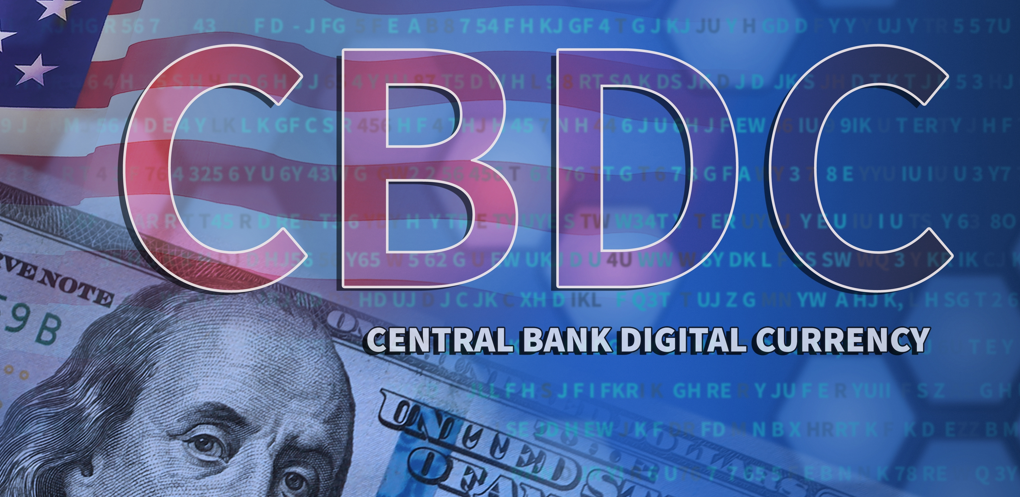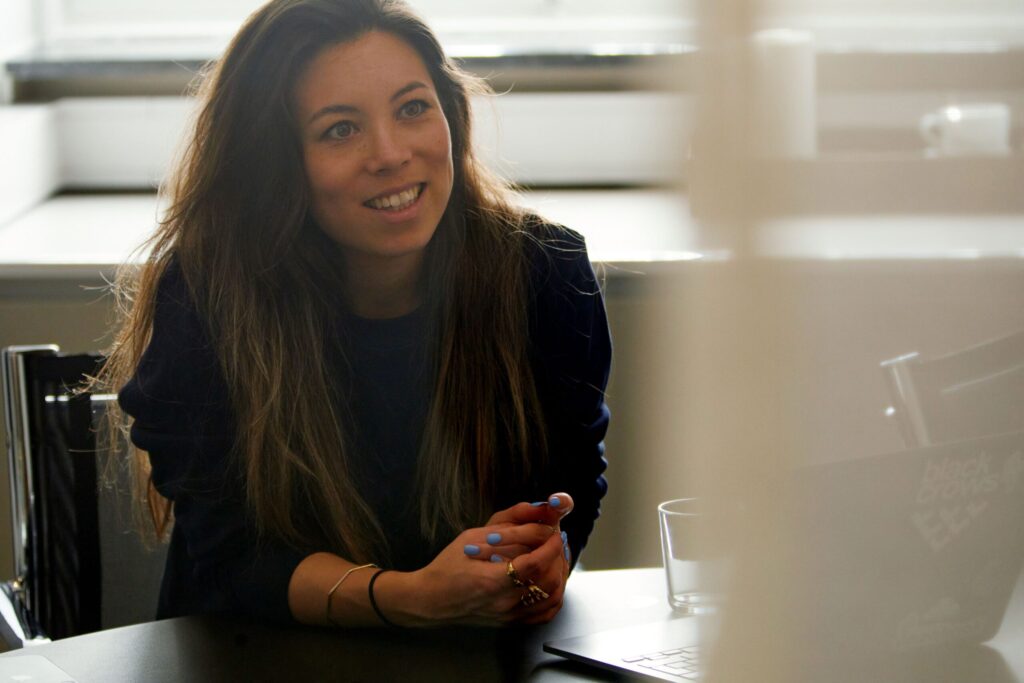Brazil’s banking market is
benefiting from the country’s strong economic growth. Bradesco, the
largest private sector bank, is leading the charge, expanding its
retail banking business lines and its already-vast distribution
network as it looks to bring Brazil’s 190 million consumers into
the banking mainstream
There are a number of fast-developing
and innovative banking groups, in high-growth emerging markets,
that buzz with strong growth fundamentals and bullish optimism.
Names such as ICICI in India or Garanti in Turkey come to mind;
included among the top tier is Brazil’s Bradesco, the country’s
second-largest banking group in terms of assets after state-owned
Banco do Brasil.
Bradesco, which boasts 37 million
customers, 24,600 branches, 31,000 ATMs and a market capitalisation
which has rocketed up 600 percent since 2002, has just posted its
half-year 2008 figures: net income was BRL4.11 billion ($2.51
billion), up 2.4 percent year-on-year.
Total assets stood at BRL403 billion,
an increase of 39 percent; loans to individuals totalled BRL66
billion (up 32 percent), while loans to corporate clients totalled
BRL116 billion (up 43 percent).
Brazil itself is in a relatively strong growth cycle, with a
hugely underbanked population steadily demanding more and more
consumer banking products and services.
Bradesco says its payroll-deductible loans, mortgages, auto
financing/leasing, credit cards and insurance are the retail
banking products that have been growing the most over the past
year, with credit cards up 28 percent year-on-year in terms of
customer numbers (to 20 million).
How well do you really know your competitors?
Access the most comprehensive Company Profiles on the market, powered by GlobalData. Save hours of research. Gain competitive edge.

Thank you!
Your download email will arrive shortly
Not ready to buy yet? Download a free sample
We are confident about the unique quality of our Company Profiles. However, we want you to make the most beneficial decision for your business, so we offer a free sample that you can download by submitting the below form
By GlobalDataJean Philippe Leroy, Bradesco’s director
of investor relations, tells RBI: “Insurance and the SME sector
also are key areas of growth. The first one represents 38 percent
of net income, with good expectations for the years ahead. SME
banking grew by 47 percent over the past 12 months. In terms of
mortgages, Bradesco is the private sector banking leader in lending
[with BRL2.06 billion, up 64 percent year-on-year]. For 2008 we are
forecasting BRL5.7 billion in origination.”
He adds: “It is important to mention we
have revised the credit growth estimates for this year and
increased most of the guidelines.”
GDP growth to remain robust
 In
In
2008, Brazil’s GDP growth will remain robust, according to
Bradesco’s own figures, at around 4.8 percent. For 2009, the
economy is forecast to cool – the bank estimates a minimum GDP
growth of 3.5 percent, which will still be higher than the historic
average of the Brazilian economy. Overall, Bradesco says the
long-term remains largely favourable for the Brazilian economy in
view of the “unmistakable improvement” in macro-economic
fundamentals over the past few years.
On the back of these growth prospects,
Brazil has attracted a number of foreign banking groups, most
notably Spain’s Santander, which last year merged its Brazilian
subsidiary into ABN AMRO’s Banco Real unit to form the country’s
fourth-largest banking group by assets. HSBC’s own-branded
operation is currently Brazil’s seventh-largest banking group.
“Both Santander Banespa and Banco ABN Real
were and are strong competitors. Together, they will continue to be
a very strong competitor. But we believe we have the potential [to
expand] our operations – we have been investing a lot in CRM, in
terms of systems, and focusing more and more on our existing client
base,” says Leroy.
“Although [Banespa and Banco ABN Real]
will merge, we believe that Bradesco will always be a strong
competitor in Brazil. We know the market very well.”
Asked about whether Bradesco would itself
look to acquire banks outside of Brazil, say in Europe or the US,
he stresses that Bradesco is focusing its expansion
domestically.
“The economic stability, the decreasing
unemployment rate, the strong returns and the fact that only 43
percent of the work force is served by banking products are reasons
why Bradesco considers the domestic market the best strategic
choice for expansion. Our client base stands at 37.1 million, with
more than 19 million checking account holders. That means we have
space to double our checking accounts base by growing organically,”
he explains.
Asked about the bank’s cross-sell ratio,
he says the total products per retail customer is currently
hovering around the five mark, a high figure compared to many other
banks around the world (Wells Fargo in the US, famously focused on
cross-selling, says its ratio is 5.6 products per customer).
A high cross-sell
figure
What has helped spur a high cross-sell
figure is the group’s push into insurance. Bradesco Insurance Group
is the largest insurance company in  Latin America, with a 24
Latin America, with a 24
percent market share in Brazil and posting a 35 percent return on
average equity. Life and pension plans are the most important
earnings drivers, responsible for more than 50 percent market share
in terms of premiums.
In the first half of 2008, Bradesco’s
insurance business reported a 20 percent rise in net income, to
BRL1.4 billion.
Leroy states: “The strength of our
insurance company is based on a strategy of: one, counting on
Bradesco’s comprehensive distribution network for cross-selling
insurance and banking products; two, having a multi-line approach;
and three, counting on a very good relationship with brokers.
“Our previous guidance for insurance
premiums was 10 to 12 percent growth; after the first half of 2008,
we have changed it to 11 to 13 percent.”
It is Bradesco’s vast multi-channel
distribution network, one of the world’s biggest outside of China,
that gives it unparalleled access to Brazil’s 190 million
population. And the bank is investing heavily, not just in more
branches and ATMs but in online and mobile financial services.
Some 12 million transactions are processed
every day by Bradesco; of these total transactions, only 13 percent
are executed in what Leroy terms traditional branches. The
remaining 87 percent are handled by preferred channels such as
ATMs.
“Bradesco is investing constantly in
expanding its infrastructure, which comprises more than 30,000
service outlets, including 3,200 branches, spread out across the
Brazilian territory,” he says. “Over the last twelve months,
distribution has been increased by more than 4,900 service outlets,
of which 162 are branches and 665 mini-branches. Moreover, Bradesco
plans to open 300 more branches by 2010… Our network comprises the
most complete distribution in the financial system.”
In terms of internet banking transactions,
Bradesco registered 25 percent growth year-on-year, with 690
million transactions. (In Brazil as a whole across all banks,
internet banking usage is growing at a compound annual growth rate
of 26 percent a year.)
Bradesco has also pioneered contactless
cards in Brazil along with Visa, and biometric vein readers have
been installed in more than 300 ATMs over the past three months.
And it was also an early investor in mobile financial services and
offers one of the more developed range of m-banking line-ups.
 The bank has provided a basic WAP-enabled service since
The bank has provided a basic WAP-enabled service since
2000, by which users can get account balance information, and
rolled out an upgraded WAP 2.0 service in 2006 which offers
checking account/saving account balances and statements, payments,
online transfers, and bank-to-bank transfers as well as information
on loans. Last year, it added a more tech-heavy GSM service. An
SMS-text service can also be set up notifying customers after their
debit or credit cards have been used.
Leroy adds: “In terms of IT, we upgraded
our hardware, software and telecommunication network with
state-of-the-art equipment in order to benefit customers and our
distribution network. Furthermore, we are implementing a project
named ‘IT Improvement’ which aims to integrate all of the business
areas of Bradesco.
“This project, started in 2003 and
estimated to be concluded by 2010, is key for supporting the strong
growth we expect Bradesco to achieve over the coming years. It will
enable Bradesco to move into new operational standards, increasing
the quality of services, agility and safety of its systems.”
Low-cost distribution
Technology and a focus on low-cost
distribution channels has helped keep Bradesco’s cost-income ratio
surprisingly low – 41 percent, compared to a Brazilian market
average of 47 percent. And over the course of the next couple of
years, the bank is expecting this number to fall to around 37
percent.
Talking about the group’s domestic
strategy, Leroy focuses on the huge underbanked market in the
country. “Approximately 40 million people do not hold bank
accounts: there is a lot of space to grow in terms of products and
structure.
“Taking into consideration rising
salaries, GDP growth and under-control inflation, the low-income
segment are accessing banking system products and services more and
more. The 40 million unbanked is an important niche for Bradesco. A
structure has already been created to serve it by establishing an
exclusive partnership with the Postal Service, in which Bradesco is
the only bank to use the 5,882 postal service branches to sell its
products.”
He also mentions the underbanked segment:
“This level C class represents 100 million people in the country.
It is worth mentioning that Bradesco’s core business is focused on
this segment of society.”







